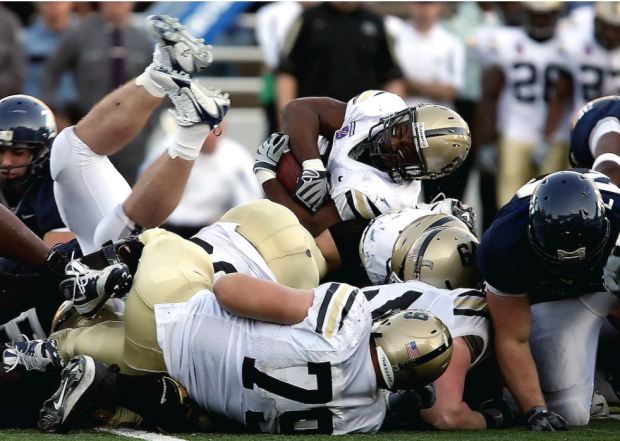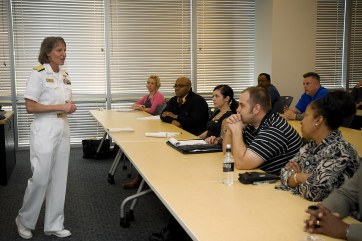In 2005, Adrian College faced a critical juncture with dwindling enrollment and financial losses. President Jeff Docking contemplated a bold question: if we build it, will they come? Instead of traditional academic initiatives, Docking opted for an unconventional solution-athletics.

Adrian's Athletic Renaissance
Over the past 15 years, Adrian College has added over 30 sports teams, ranging from mainstream options like wrestling and ice hockey to unique offerings such as synchronized ice skating, bass fishing, and even varsity cornhole. The result? A remarkable turnaround in enrollment, more than doubling over the years, with approximately 70 percent of the student body now being athletes.
READ ALSO: Is College Diploma Still Necessary? Some US Companies Will No Longer Require A Degree For Employment
A Growing Trend: Athletics as an Enrollment Strategy
Adrian's success mirrors a broader trend across the United States, where small private colleges are increasingly turning to athletics to attract students, enhance their regional profile, and counter financial challenges.
The National Association of Intercollegiate Athletics (NAIA), dedicated to driving student-athlete enrollment and financial sustainability for small colleges, reports 21 new member institutions in the last three years. Coaches are not just mentors on the field; they double as recruiters, with enrollment quotas playing a pivotal role in their success.
While the strategy has proven successful in boosting enrollment, critics warn against the potential drawbacks. There's a cautionary note about the "athletics tail wagging the academic dog." Heavy investments in sports can alter campus culture and lead to a decline in academic standards.
Calvin University in Grand Rapids, Michigan, embraced the athletics-driven approach by adding an NCAA Division III football team and constructing a new athletics complex. The gamble paid off with a 15 percent increase in first-time enrollment. Approximately half of this gain was attributed to student-athletes, showcasing the success of the program in attracting students.
Diversity as a Driving Force
Some colleges are turning to athletics as a means of promoting diversity. Fontbonne University in St. Louis saw success with its sprint football program, effectively narrowing gender and racial gaps on campus. The program resulted in male enrollees outnumbering women for the first time in its history, and nonwhite enrollment increased by 10 percent.
However, the path to athletic-driven enrollment isn't without hurdles. Fontbonne faced academic challenges as nearly half of the football squad failed their classes after the first season. Despite these obstacles, President Nancy Blattner emphasized the importance of maintaining academic standards alongside athletic responsibilities.
Preserving the Soul of Liberal Arts Colleges
Amidst the success stories, concerns linger about the potential loss of identity for liberal arts colleges in the pursuit of athletics-driven enrollment gains. Steve Rackley, a professor of sports management at Rice University, warns against mission erosion, highlighting the risk of transforming a learning community into a sporting one.
The question of whether "they will come" if a college builds an extensive athletics program has found affirmative answers in several cases. However, the challenge lies in striking the right balance between the benefits of increased enrollment and potential drawbacks such as changes in campus culture and academic standards. As small colleges navigate this complex landscape, finding equilibrium between academics and athletics will be crucial in securing their long-term success.
RELATED ARTICLE: College Education More Important To Americans Now Than 20 Years Ago








